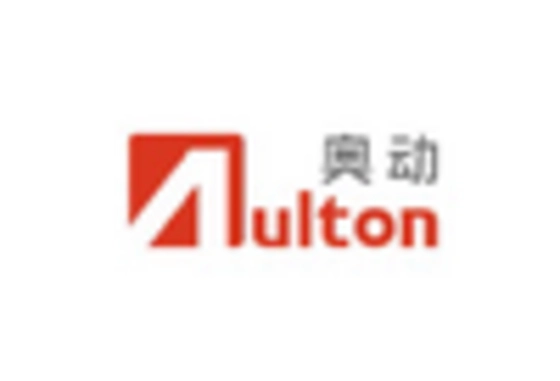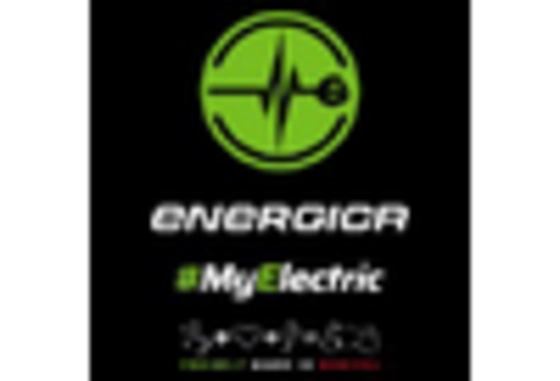Regulatory Support and Incentives
Regulatory frameworks and government incentives are increasingly supporting the Battery As A Service Market. Many governments are implementing policies aimed at promoting clean energy solutions, which often include subsidies for battery services. These initiatives not only encourage the adoption of electric vehicles but also facilitate the integration of battery services into energy systems. Market analysis indicates that regions with robust regulatory support are witnessing faster growth in battery service adoption. This favorable environment is likely to continue, as policymakers recognize the importance of sustainable energy solutions, thereby bolstering the Battery As A Service Market.
Cost Efficiency and Economic Viability
Cost considerations play a pivotal role in the Battery As A Service Market. By offering battery leasing and management services, companies can significantly reduce upfront costs associated with battery purchases. This model allows consumers to access advanced battery technology without the burden of ownership. Market data suggests that businesses utilizing Battery As A Service Market can save up to 30% on energy costs compared to traditional battery ownership. As organizations seek to optimize operational expenses, the economic viability of battery services becomes increasingly attractive, thereby propelling the growth of the Battery As A Service Market.
Growing Demand for Sustainable Solutions
The Battery As A Service Market is experiencing a notable surge in demand for sustainable energy solutions. As environmental concerns intensify, consumers and businesses alike are increasingly seeking alternatives to traditional energy sources. This shift is reflected in the rising adoption of electric vehicles and renewable energy systems, which often require efficient battery management. The market for battery services is projected to reach substantial figures, with estimates suggesting a growth rate of over 20% annually. This trend indicates a strong preference for services that not only provide energy storage but also align with sustainability goals, thereby driving the Battery As A Service Market forward.
Increased Focus on Energy Storage Solutions
The growing emphasis on energy storage solutions is a key driver for the Battery As A Service Market. As energy demand fluctuates, the need for reliable storage systems becomes critical. Battery services provide a flexible solution for managing energy supply and demand, particularly in sectors such as renewable energy and electric mobility. Market trends indicate that the energy storage market is expected to expand significantly, with projections suggesting a compound annual growth rate of over 15%. This increasing focus on energy storage not only enhances grid stability but also positions the Battery As A Service Market as a vital component of future energy systems.
Technological Innovations in Battery Management
Technological advancements are reshaping the Battery As A Service Market. Innovations in battery chemistry, management systems, and monitoring technologies are enhancing the performance and lifespan of batteries. For instance, the introduction of smart battery management systems allows for real-time monitoring and optimization of battery usage, which can lead to improved efficiency. As these technologies evolve, they are likely to attract more consumers and businesses to adopt Battery As A Service Market models. The integration of artificial intelligence and machine learning in battery management could further streamline operations, indicating a promising future for the Battery As A Service Market.


















Leave a Comment